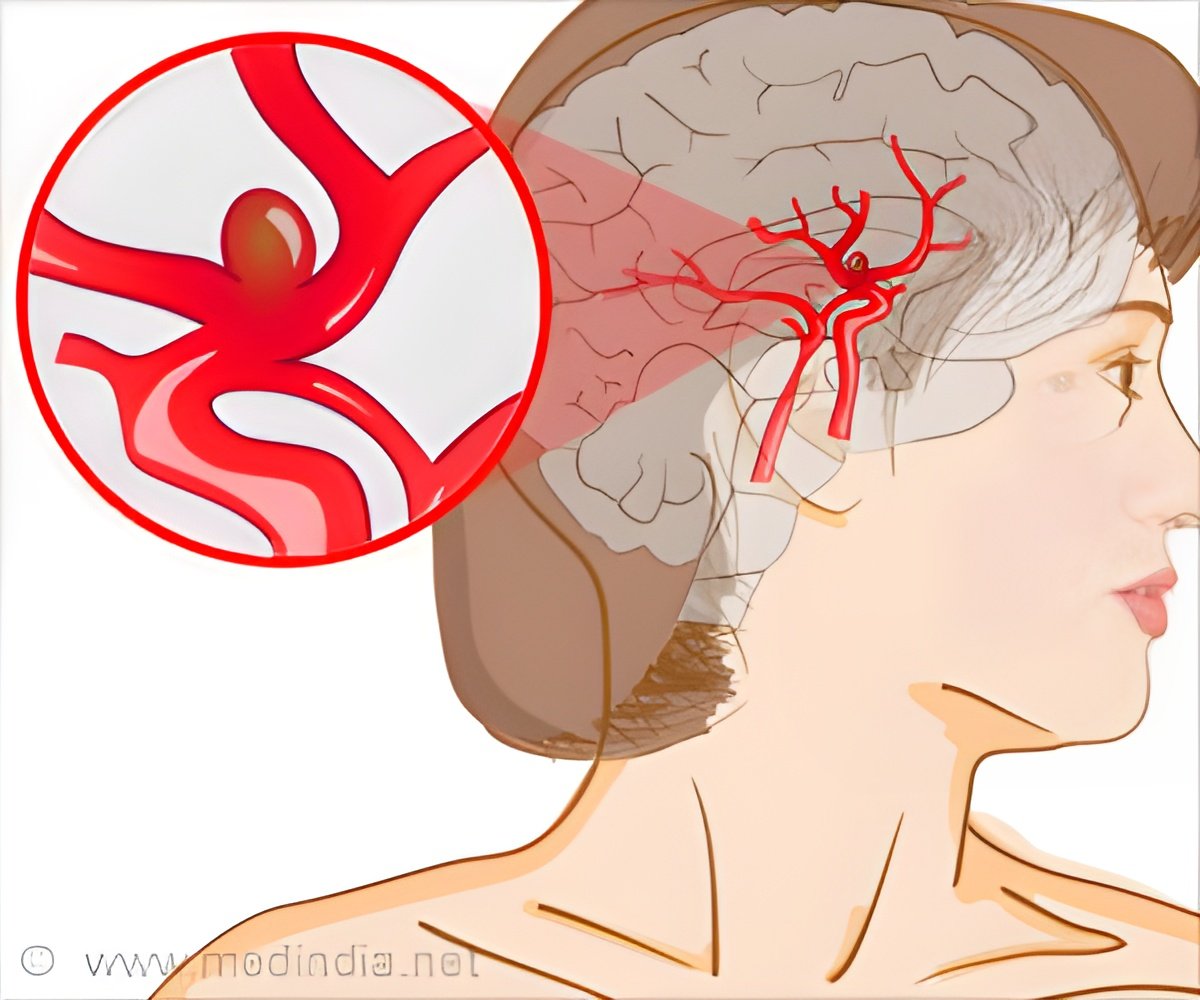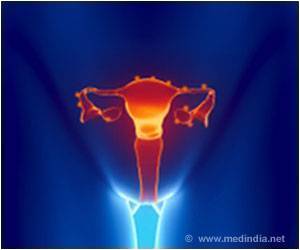
People with unruptured brain aneurysms face a higher risk of mental illness, particularly those under 40, due to the psychological stress of a potential rupture, according to research published in Stroke, the peer-reviewed scientific journal of the American Stroke Association, a division of the American Heart Association (1✔ ✔Trusted Source
Higher Risk of Mental Illness in Patients With Diagnosed and Untreated Unruptured Intracranial Aneurysm: Findings From a Nationwide Cohort Study
).
An unruptured intracranial aneurysm occurs when the wall of a blood vessel in the brain becomes weak and bulges out, posing a potential risk of future rupture and life-threatening bleeding in the brain.
“As a neurosurgeon who treats cerebral aneurysms, I often see people who do not undergo surgery yet feel fear and/or anxiety about their condition before each imaging or screening test to monitor their condition. Even when it is medically judged and explained that follow-up observation is the best course for their aneurysm rather than surgery, they still worry about the very slim chance of developing a fatal brain bleed,” said study co-author Na-Rae Yang, M.D., Ph.D., an assistant professor of neurosurgery in the department of neurosurgery at Ewha Womans University Mokdong Hospital, Ewha Womans University College of Medicine in Seoul, South Korea.
”This study did not specifically target brain aneurysms that were small enough not to require treatment and had a low probability of rupture. We included all diagnosed, untreated brain aneurysms that were being followed,” Yang said.
“The reason for not treating and only following up may be that the aneurysm is small and unlikely to rupture, making treatment unnecessary. However, the decision is likely based on various circumstances, including the patient’s overall condition, and such specific reasons were not captured in this study group.”
While other studies have observed patterns of stress and anxiety in patients living with an aneurysm diagnosis, the researchers said this is one of the first large studies to estimate the risk of a mental health condition after an aneurysm diagnosis.
In this study, researchers examined data from the National Health Information Database in South Korea, which includes over 20 years (2004 to 2024) of health data for more than 85,000 people who received care from hospitals, clinics, and pharmacies throughout the country.
Advertisement
It is one of the world’s largest and most comprehensive health information databases. More than six months after diagnosis with an aneurysm, researchers compared how many people developed a mental health condition, such as anxiety, stress, depression, bipolar and eating disorders, insomnia, and alcohol or drug misuse.
Living with a Brain Aneurysm
They then compared them to the rate of mental health condition diagnoses among similar adults without an aneurysm who received care for an upper respiratory infection.
Advertisement
The analysis took place over a 10-year period and found when compared to people without an aneurysm:
- people with an aneurysm were 10% more likely to be diagnosed with a mental health condition;
- the risk of a mental health condition was particularly pronounced in people with an aneurysm under the age of 40; and
- in cases where a mental health condition was diagnosed by a psychiatrist, the difference was even greater, showing a three-fold increased risk.
“Our finding of a higher rate of a severe mental health condition in younger adults with aneurysms underscores the significant psychological burden for this group of patients who may already be dealing with other life stressors, such as building their career and/or raising a family,” Yang said.
“This elevated rate of mental health conditions suggests that younger people might be particularly vulnerable, highlighting the need for targeted mental health support and interventions for this age group. This includes providing clear explanations and tailoring treatment decisions for each person,” Yang said.
An aneurysm may be diagnosed when a person has imaging (such as a CT scan or MRI) to evaluate neurological symptoms (such as a headache or vision changes), or it can be discovered by chance if imaging is done for an unrelated issue.
Study limitations include that the analysis was based on diagnostic and prescription codes in a national database, which may be imprecise and may not reflect the nuances of individual patient care and mental health status.
How Diagnosis Can Impact Mental Health?
In addition, the specific size and location of aneurysms were not considered. This study design highlights a possible association but cannot establish a cause-and-effect relationship between an aneurysm diagnosis and later mental health status.
This study population was from South Korea, so the findings may not be consistent with populations in other countries.
Study details, background, or design:
- The study compared the occurrence of several mental health conditions over a 10-year period in 85,438 adults (51% male; the average age of 56 years) with untreated aneurysms diagnosed between 2011 and 2019, to more than 331,000 (49% male; the average age of 57) without aneurysms treated for acute upper respiratory infections during the same period. The adults without aneurysms were matched to the diagnosis group for age, sex, economic status, and the presence of other medical conditions.
- Mental health conditions were defined as a diagnosis of anxiety, stress, depressive disorder, bipolar disorder, eating disorder, insomnia, or alcohol or substance misuse according to the International Classification of Diseases coding database. Cases defined as having been diagnosed with a mental health condition plus receiving treatment from a psychiatrist included psychotherapy with or without medication.
- Differences in the risk of mental health conditions were calculated after adjusting for several factors, including age, sex, health insurance status, disability, other medical conditions, smoking, alcohol consumption, or obesity.
Reference:
- Higher Risk of Mental Illness in Patients With Diagnosed and Untreated Unruptured Intracranial Aneurysm: Findings From a Nationwide Cohort Study
– (https://www.ahajournals.org/doi/10.1161/STROKEAHA.123.045393)
Source-Eurekalert



